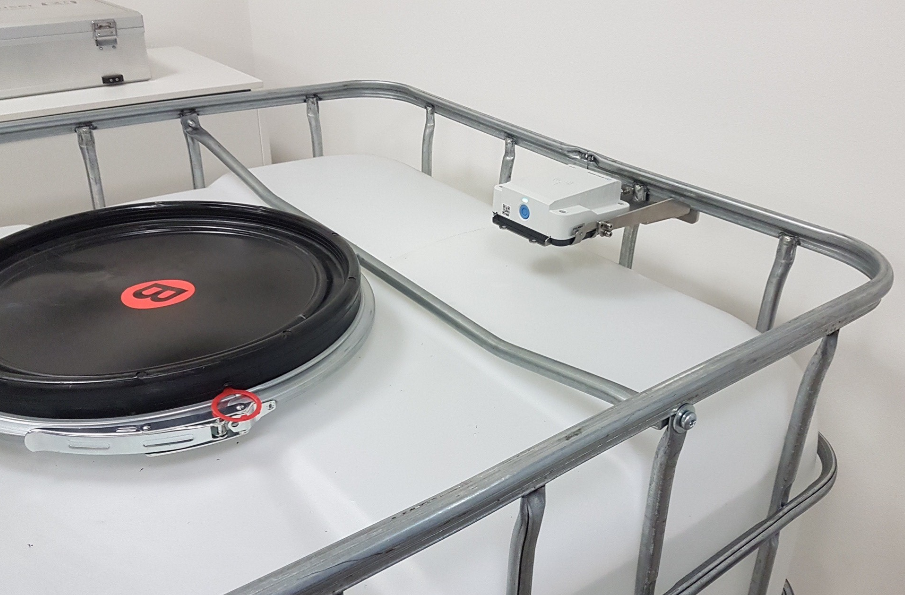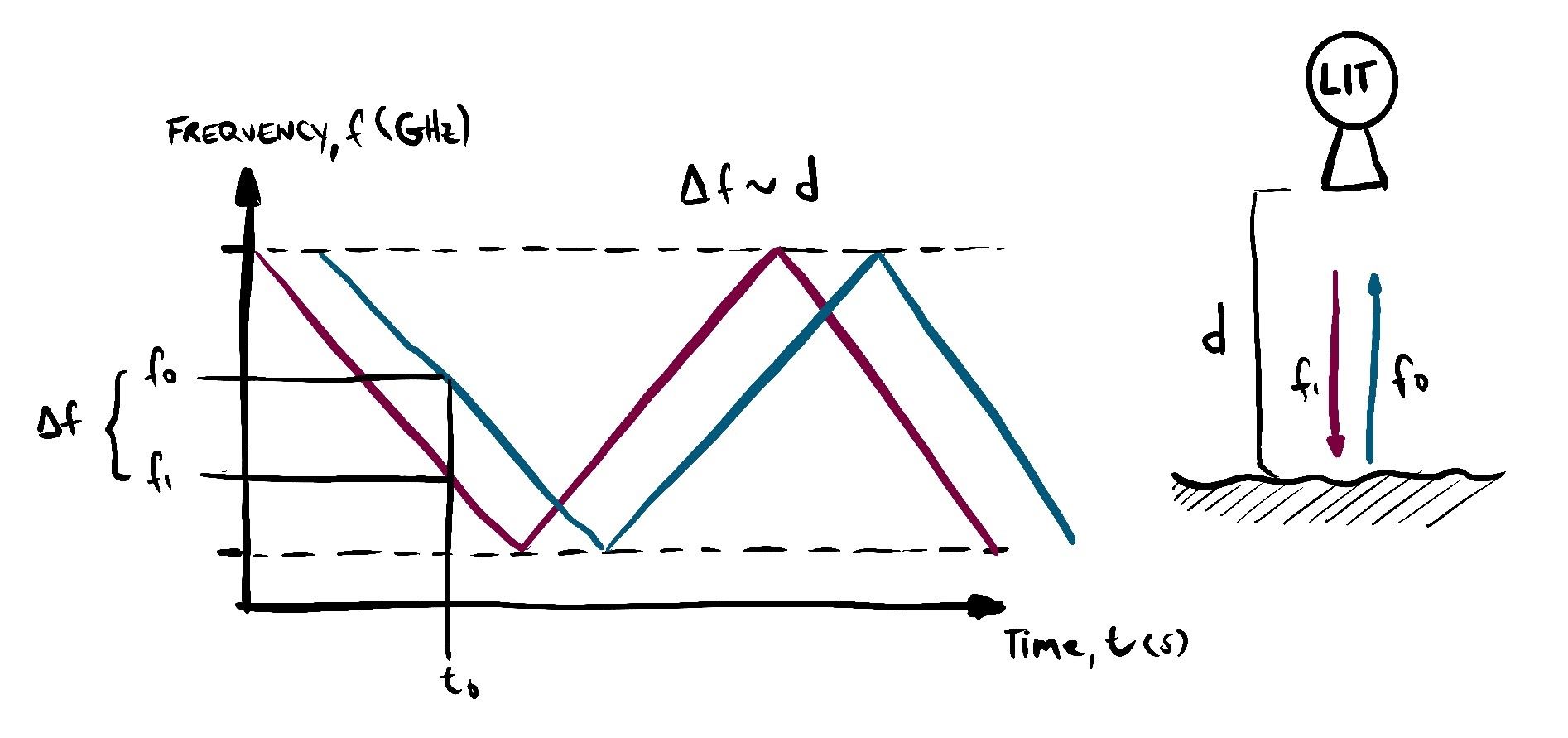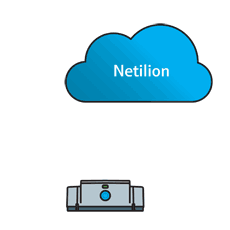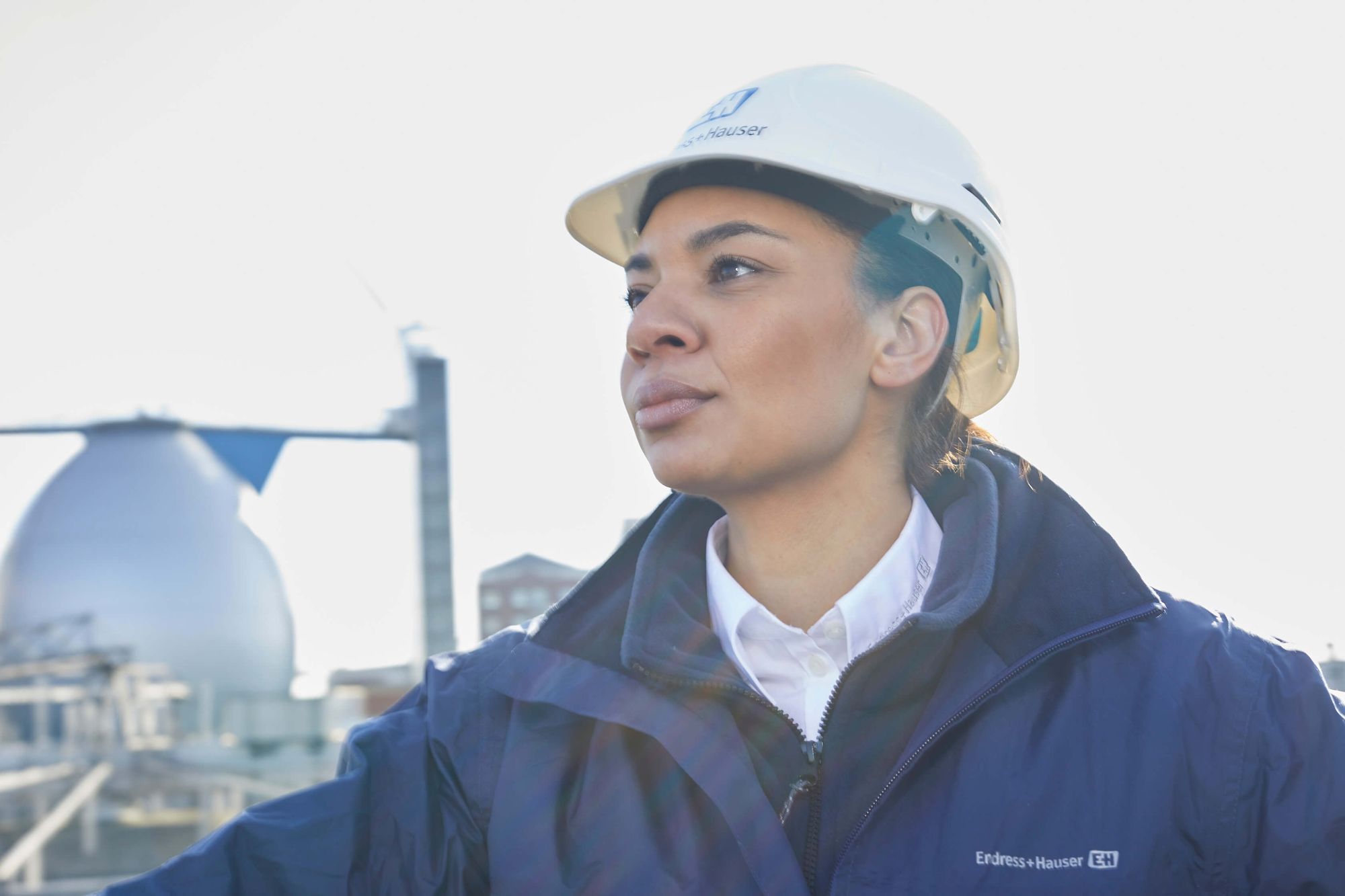Everything you need to know about radar level transmitters
Radar level sensors are becoming the primary option for level measurement in many industries. But how do they work? Where can you apply them? And what about IIoT radar devices?
You have a radar level sensor at your plant, right? If not, then this article can fill you in on how radar technology can help you out. If so, you should read the article too, to find out how the technology has evolved and understand more about IIoT radar devices.
Level measurement can be tricky sometimes. If you don’t pick the right device and set it up correctly, you’ll wind up with a headache. Of course, when you choose the right technology and configure it properly, you’ll practically forget about it because it keeps your process running smoothly.
Radar tech brings tons of benefits and has replaced many technologies in nearly all applications. Its popularity has increased as its cost has dropped, providing precise level measurement for less.
Let’s learn more about the technology and see how IIoT radars have become the tipping point for level monitoring on the market.
How do you measure levels in tanks?
The market offers an extensive list of models that use different methods to provide level measurement. How do you know which will work best for your process? As always, it depends on your process characteristics and requirements.
So what kind of sensor? Pressure, hydrostatic, capacitive, ultrasonic, something else? You could use any of those, but radar also fits in many different applications in many different ways. Pair it with IIoT and you’ll have half your work done for you!

For now, let’s dive into more details on radar devices. Later, I hope to bring you more information regarding other technologies.
How does a radar level transmitter work?
Radar level transmitters typically use one of two working principles, time-of-flight (ToF) and frequency-modulated continuous wave (FMCW). Up next – an explanation of each!
Time-of-flight
With this method, a radar device measures the distance from itself to the product surface by emitting radar pulses to reflect from the surface back to the device.
Its antenna receives the signal and sends it to the electronics, where all the magic happens. The microprocessor identifies the echo and calculates the time it took for the signal to return.

The distance (D) to the surface is proportional to the time of flight (t) of the pulse from the radar. Here’s the formula the microprocessor uses:
D = c · t/2
Here, c represents the speed of light.
After the device finds the distance (D), it can calculate the level (L) based on the empty distance (E):
L = E-D
Super simple!
Frequency-modulated continuous wave (FMCW)
For this method, the radar sensor emits a high-frequency signal. This frequency increases over time and it creates what we call a frequency sweep or signal sweep. This signal will reflect from the product surface to be received by the antenna and transmitted to the electronics with a time delay (t).
The frequency received differs from the frequency emitted, and the difference (Δf) is proportional to the echo curve. It applies the Fourier transform into a spectrum, as shown here:

The device then finds the level by calculating the difference between the tank height and the distance measured. This method is a bit more complex than the ToF method, but you don’t have to worry about that because the device does all the math for you.
Which frequency band?
You need to understand frequency bands or ask for expert help to determine which bands may fit your application best. You can find non-contact level sensors on the market with four different bands. Most use 6 GHz, 10 GHz, or 26 GHz.
Today, new radar sensors have come to the market with 80 GHz. These bring a lot of benefits to a process installation, as they fit well in applications where traditional radar transmitters need more room for the beam angle.
So which is the best frequency band for you? Because it depends on many factors in your application, you need to either do a lot of research or give your process information to an expert. Doing it yourself is more thorough, but the expert is faster. Up to you what you want to do.
IIoT level monitoring?
Ever heard of IIoT radar sensors? IIoT radar transmitters, such as the Micropilot FWR30 from Endress+Hauser, are the newest type of compact level sensor on the market.
This device installs easily in small tanks and can move with them if necessary. You get this portability because the radar uses battery power and wireless communication. That means you can transport a tank anywhere that has internet access and still retrieve data constantly.
You can also track this device locally, set up min/max thresholds, and receive alerts if the data changes. And because it uses the 80-Ghz frequency, you can install it easily in small containers for more reliable measurements.

Cloud-based IIoT radars like the FWR30 let you set up the device with just a few simple steps. Then you can access all your data using your phone, laptop, or tablet. On top of that, services like Netilion Value have excellent features such as a dashboard, history, map, notifications, and more.
When you’re ready to check things out, Netilion offers free trials. Other companies may as well, so do your research!
If you liked this article, please share it on your social media using the #Netilion tag.
Have a good one!



